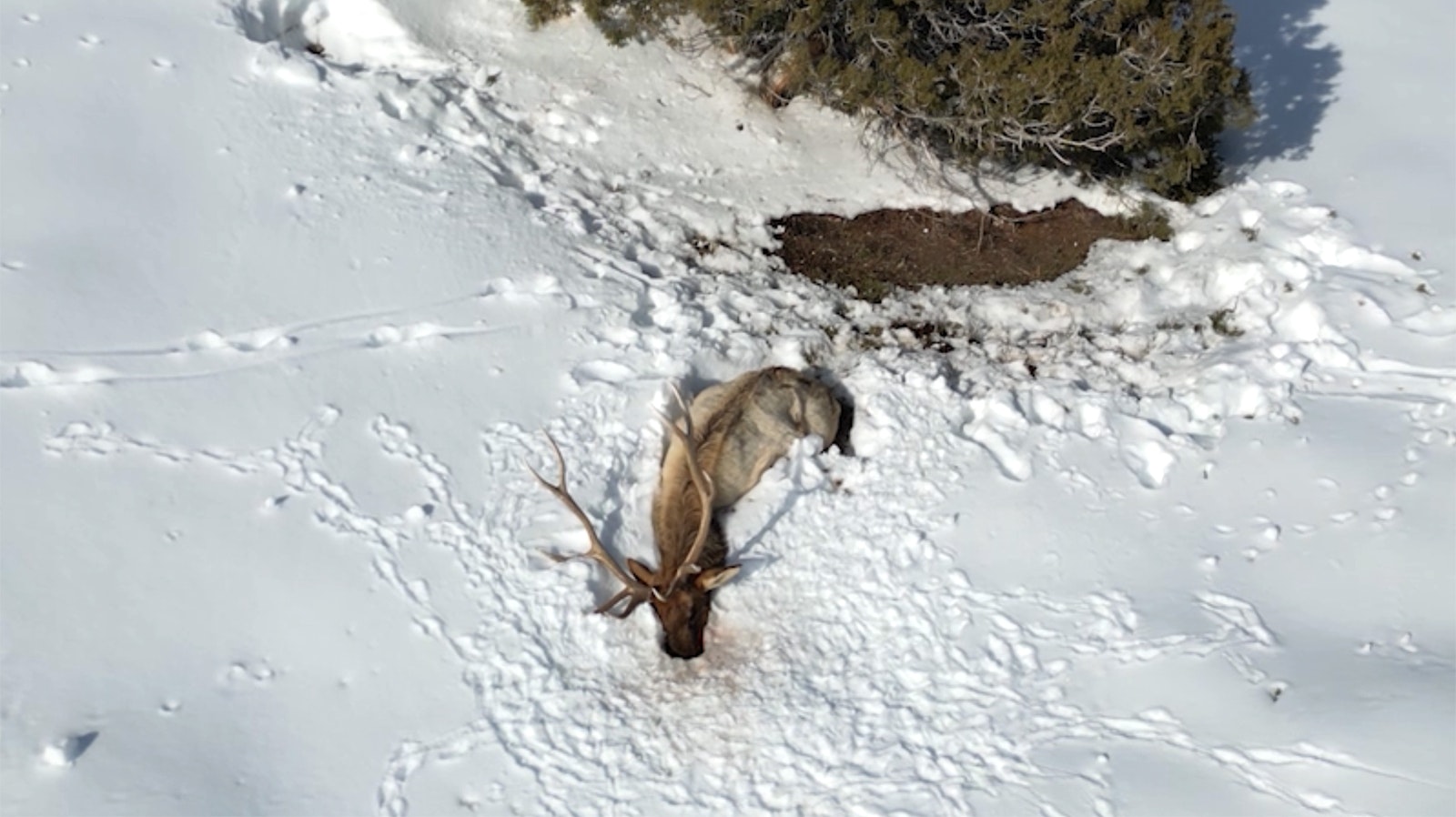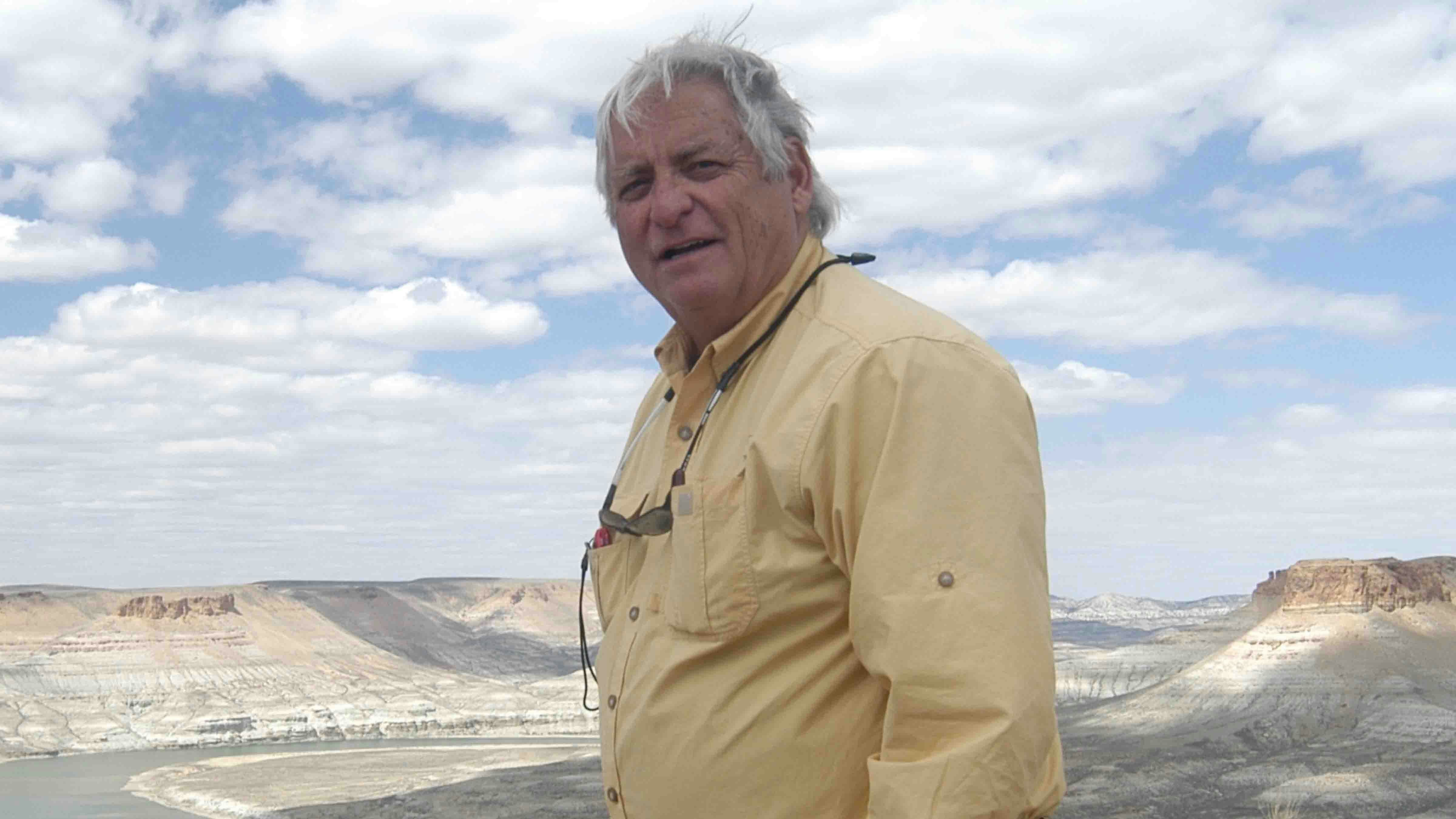While writing my column today during yet another snowstorm in western Wyoming, I’m getting ready to make the call to delay our sheep-shearing crew, arrange for more hay hauling and wondering when this winter will finally loosen its grip on the western range.
Wyoming’s range livestock producers informed state officials about severe winter conditions in January, and I wrote a column about the rangeland emergency in the first week of February.
By then, drifting snow, sustained cold temperatures and periods of high winds had prevented rangeland sheep and cattle herds from getting to adequate feed and producers were working frantically to rescue their herds off the range.
At that time, the Wyoming Game and Fish Department noted that there hadn’t yet been significant mortality to wintering wildlife herds, but suggested if the conditions continued, there would be significant mortality to both mule deer and pronghorn antelope. Not all deer herds would be harmed, but the impacts were also happening at the regional level and across state jurisdictional lines (including northern Colorado, northern Utah and eastern Idaho).
Each state wildlife agency adopted its own response, with all but Wyoming electing to institute emergency mule deer feeding stations.
We’ve had nearly three more months of severe conditions, and the mortality levels in pronghorn antelope and mule deer are high. The Wyoming Game and Fish Department is now reporting record numbers of winter-killed ungulates in western Wyoming.
I was a little surprised that the department didn’t initiate feeding operations for mule deer in some areas once the agency recognized how severe the winter was impacting deer populations in western Wyoming.
I understand it may have been a difficult decision not to establish feeding stations, but the decision is somewhat contrary to the agency’s Wyoming Mule Deer Initiative that set out the specific criteria for when emergency deer feeding is justified. This winter checked all the boxes.
WG&F’s emergency feeding plan is very detailed, and the document noted that had the criteria been in place in the past, WG&F would have met the criteria for feeding the Platte Valley and Wyoming Range mule deer herds in the winters of 1978-79, 1983-84 and 1992-93.
Now we can add 2022-23 to that list.
But the agency decided that the feeding wouldn’t provide widespread effects on deer herds.
As I write today’s column, less than half the adult deer in the Wyoming Range have survived the winter so far, and it looks like all of last year’s fawns are dead. Snow depths are starting to recede, but we’ve got a long way to go.
Many of the mule deer and pronghorn does that survive this winter probably won’t have fawns this spring, and some will give birth to weaker fawns that won’t survive for long.
The impact of predators on surviving herd members could be significant, as members of the public told WG&F Commissioners in recent meetings. Weak, malnourished animals are easier prey.
Winterkill may provide an immediate surplus of carcasses for wild predators but with doubtful benefits since there probably isn’t much nutrition in a prey animal that has starved to death. Once the winterkill is depleted, there will be increased depredations on other (already weakened) big game animals, as well as increased depredations on domestic livestock due to the reduction in ungulate densities.
The Wyoming Game and Fish Commission has acknowledged that the impact of large carnivores on ailing deer herds could be significant.
Earlier Tuesday, the commission directed the department to prepare an emergency rule to increase large carnivore hunting quotas in areas where ungulate populations have sustained severe winter losses. The commission will hold a special meeting in May to discuss the process and timeline for increasing the quotas for the fall hunting season.
The WG&F Commission’s action is sure to be controversial with those who do not support hunting of large carnivores, but the agency has some science to back up the need for predator control.
While black bear depredation is often not a limiting factor in mule deer population dynamics, that can change when the bear densities are high and ungulate population numbers are low. And research has proven that overwinter survival of mule deer may be increased in areas of intense mountain lion removal.
The bright spot from this winter is the survival of elk populations in western Wyoming, thanks to the existence of Wyoming’s elk feedgrounds. While some environmental groups want Wyoming to close its elk feedgrounds, a winter like this one proves exactly how critical the feedgrounds are for the survival of the elk population, as well as keeping elk from competing with mule deer for winter range (a competition that the deer will lose).
With individual deer herds experiencing population crashes, perhaps we’ll see a reduction in the amount of chronic wasting disease in the state resulting in healthier herds that will bounce back.
But there will be many factors, both natural and human-caused, that will impact what happens next.
Cat Urbigkit is an author and rancher who lives on the range in Sublette County, Wyoming. Her column, Range Writing, appears weekly in Cowboy State Daily.





